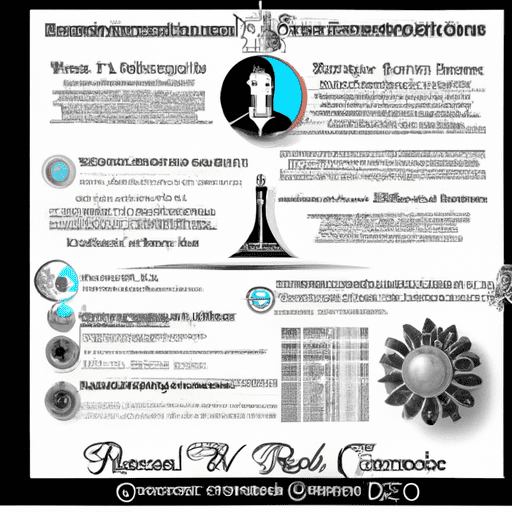The Art of Copywriting: How to Craft Engaging Content that Sells
Introduction
Copywriting is more than just stringing words together; it is an art form that can captivate readers, persuade customers, and drive sales. In today’s digital age, businesses rely heavily on compelling content to engage their target audience and stand out from the competition. Whether you are writing a blog post, a product description, or a social media ad, mastering the art of copywriting is essential to building a successful brand and generating revenue.
The Power of the Written Word
H3: The Magic Behind Copywriting
Crafting compelling copy is not just about putting words on paper; it is about conveying a message that resonates with your audience. Copywriting has the power to evoke emotions, influence decisions, and ultimately drive actions. It can compel readers to click that “Buy Now” button, sign up for a newsletter, or even share your content with others.
H3: The Importance of Targeting Your Audience
Understanding your audience is key to writing effective copy. You need to know who you are trying to reach, what they care about, and how you can provide value to them. By tailoring your message to their needs and desires, you can create a connection that makes them more likely to engage with your brand.
H3: Tapping Into Emotions
Emotions are a powerful tool in copywriting. By appealing to your audience’s emotions, you can create a memorable and impactful experience. Whether you want to make them feel excited, nostalgic, or motivated, understanding how to evoke the right emotions can make your copy more persuasive and memorable.
Crafting Compelling Headlines
H3: Grabbing Attention from the Start
Your headline is the first impression readers will have of your content. It needs to be attention-grabbing, informative, and intriguing. A strong headline can entice readers to click, read, and share your content, while a weak one can be easily overlooked. Practice writing headlines that are concise, clear, and clever to maximize their impact.
H3: Using Power Words
Power words are words that evoke strong emotions or create a sense of urgency. They can stimulate curiosity, excitement, or fear, and act as a catalyst for action. By sprinkling power words throughout your copy, you can create a sense of urgency and persuade readers to take the desired action.
H3: Testing and Analyzing
Not every headline will be a winner, but that’s okay. The art of copywriting involves testing and analyzing what works and what doesn’t. Use A/B testing to compare different headlines and see which ones perform the best. By constantly refining and optimizing your headline strategy, you can improve your conversion rates and drive more engagement.
The Structure of Persuasive Copy
H3: The Importance of a Compelling Introduction
Your introduction sets the tone for the rest of your copy. It needs to hook the reader and make them want to keep reading. Use storytelling, intriguing facts, or thought-provoking questions to capture their attention from the start.
H3: Building a Persuasive Body
The body of your copy is where you provide the supporting arguments, benefits, and features that make your product or service stand out. Use persuasive language, customer testimonials, and data to build a strong case for why your reader should take action.
H3: Creating a Compelling Call to Action
Your call to action (CTA) is the final push you need to convert readers into customers. Make it clear, concise, and compelling. Use action verbs, urgency, and incentives to motivate readers to take the desired action. Remember, the goal of your CTA is to make it as easy as possible for your reader to say “yes.”
Fine-tuning for Success
H3: KISS (Keep it Simple, Stupid)
Simplicity is key in copywriting. Use clear and concise language that is easy to understand. Avoid jargon, big words, and complex sentence structures. The simpler your copy, the more likely it is to be understood and acted upon by your audience.
H3: Proofreading and Editing
Even the most seasoned copywriters make mistakes. Proofreading and editing are crucial to ensure your copy is error-free and flows smoothly. Take the time to review your work, check for grammar and spelling errors, and make necessary revisions to improve clarity and impact.
H3: Staying Consistent with Your Brand Voice
Your brand voice sets the tone and personality of your copy. Whether it is humorous, professional, or quirky, it is important to maintain consistency throughout your content. This builds trust, familiarity, and recognition with your audience.
Closing Summary
Copywriting is more than just a skill; it is an art form that can make or break your business. By understanding the power of words, targeting your audience, and tapping into emotions, you can craft compelling copy that drives engagement and sales. From attention-grabbing headlines to persuasive calls to action, every element of your copy should be carefully crafted to tell a story, evoke emotions, and motivate readers to take action. With consistent practice, testing, and fine-tuning, you can master the art of copywriting and create content that captivates and converts.

